Contents
So this is your first garden, and planning your vegetable garden can seem daunting, but I assure you its easier than you think if you consider these 7 things! These 7 things will help you plan a well round garden that is set up for success. I remember my first garden.. and let me just tell you, starting small is good. If this is your first garden, apply these 7 things and start with a couple raised beds. Now, let’s get into planning your vegetable garden the easy way!
7 Things to Consider When Planning Your Vegetable Garden
1. Your Why
Why are you planning on starting a vegetable garden? While everyone has high hopes and big aspirations when starting a garden, you need to know your why! Do you want to try it out to see if you like it? Do you want to try fun and weird varieties? Do you want to replace your grocery store visits? Do you want to grow to preserve for the winter?
All of these things will help you determine what your garden will look like, how big it will be, and what you will plant in it. If you want to plant to replace your grocery store bill, then perhaps you will need a bigger garden than if you’re just growing to try out gardening for the first time.
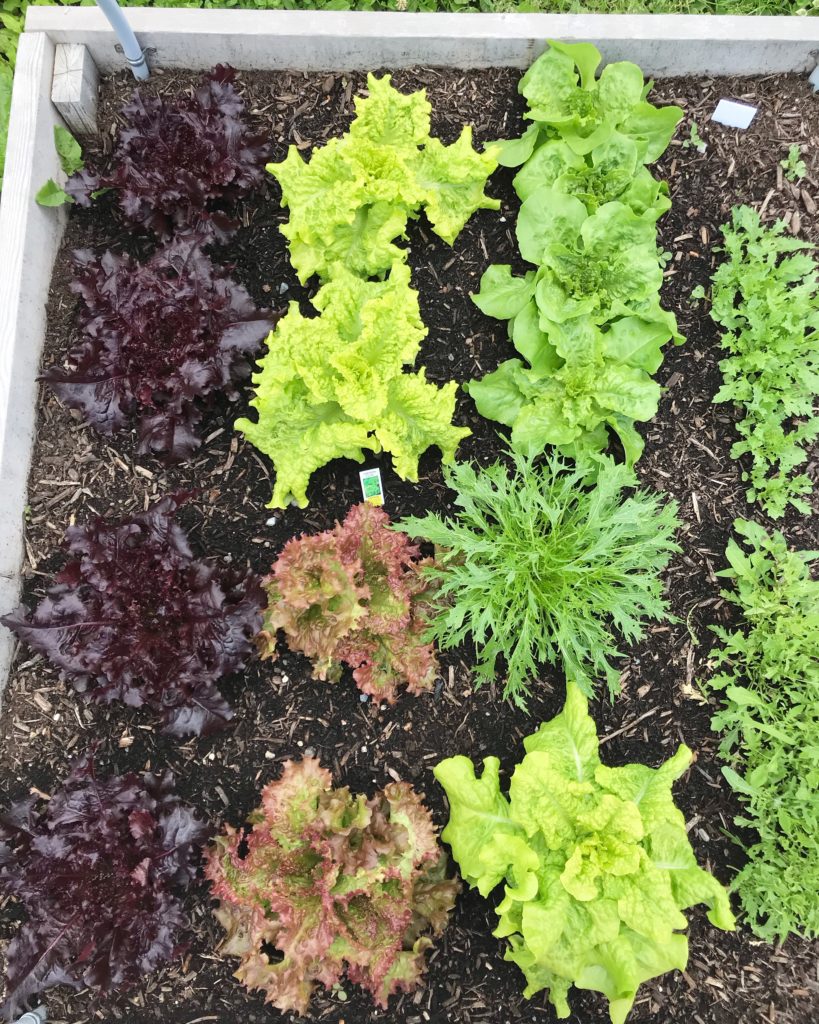
2. Site Inventory
Taking inventory is one of the most important steps when planning your vegetable garden. It helps you choose the right spot to put your garden. Take notes of sun, wind, soil, microclimate, shade, etc. I also encourage you to draw your site plan (property line, house, decks, etc.) in a little diagram so you can analyze further. Take a few days, and wait for the sun to come out to make sure you get everything recorded correctly.
Circle the spot you think will be the best then you can configure a layout based on that. The best spot is the spot with the most sun, and least wind. But don’t be discouraged if you don’t have full sun, there are lots that can grow in shady spots!
3. Critters
This deters a lot of people from starting a vegetable garden. Those pesky deer or rabbits can turn a fun productive garden into a sad place. So take into account what you have around you. Are you in the country with a lot of deer? Or in the city with a lot of squirrels? What about rabbits?
Raised beds help to prevent rabbits, while fencing keeps deer out, and wire cages around your raised bed can help keep squirrels out. I love the one below by Hydrangea Treehouse.
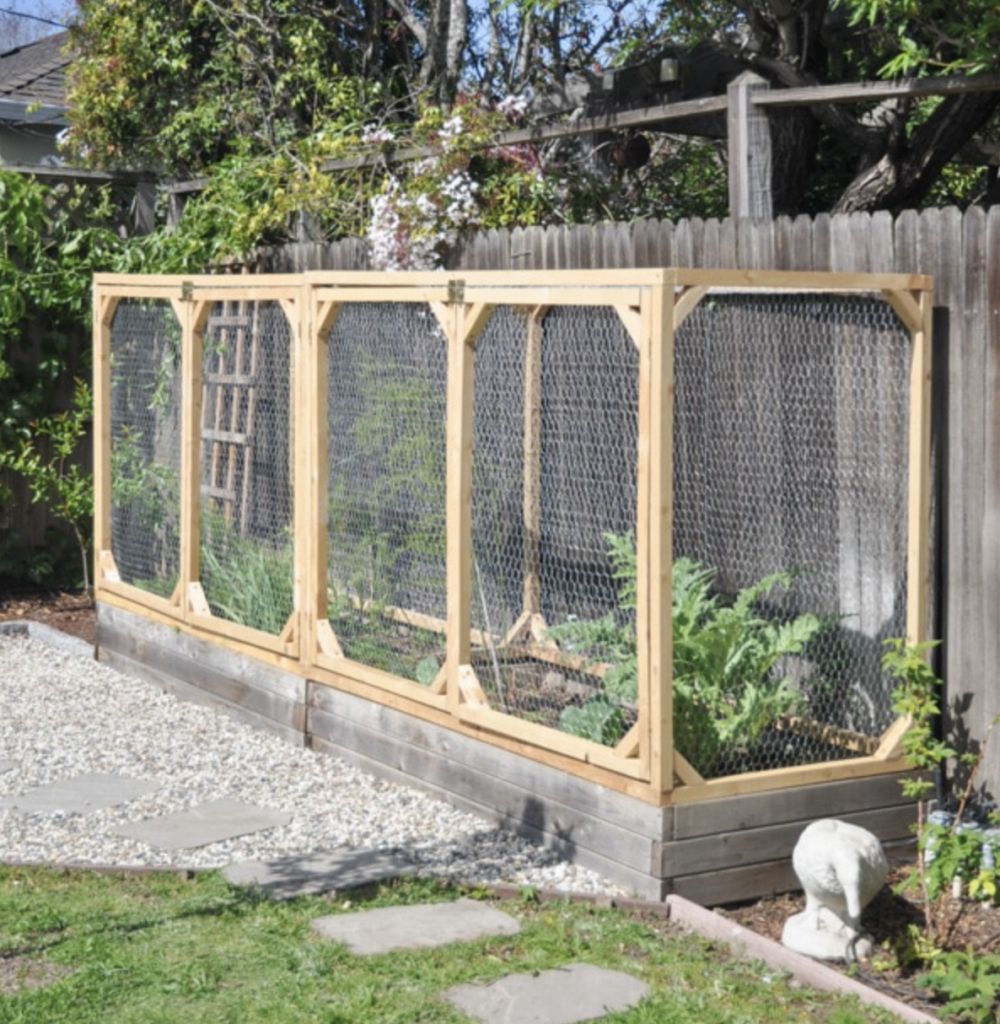
4. Spacing
When planning your garden it’s important to keep in mind the proper spacing and how many of each plant you can actually fit in your space. I like the square foot gardening method. Square foot gardening essentially means dividing your growing space into 1′ x 1′ squares. Each square means a different plant and a different quantity of that plant.
For example, 1 pepper fits in 2 squares vs. 4 beans in 1 square vs. 16 carrots in 1 square. So keep this in mind, as some veggies take up a whole lot more space than others.
If you don’t want to use the square foot garden method, it’s always a good idea to look on the back of the seed pack, they will tell you how far apart to space your seeds, giving your plant ample room to mature.
5. Crop Rotation
Planning your vegetable garden layout by plant families is the easiest way to arrange your veggies. Here are the families for your reference:
-Legumes: beans, peas, fava beans, soybeans, chickpeas, alfalfa
-Nightshades: tomatoes, peppers, eggplant, potatoes
-Leafy Greens: spinach, lettuce, swiss chard
-Brassicas: cabbage, broccoli, cauliflower, brussel sprouts, kale, collards, radish, mustard greens, asian greens
-Root Crops: carrots, parsnip, beets, turnip
-Cucurbits: cucumber, melons, zucchini, squash, gourds
Using these to plan your garden will help you with crop rotation. It is essential that each new gardening year you change the location of your plans, so not to plant the same plant in the same spot every year. This will help with soil health, pests, and increase the nutrients for your plant.
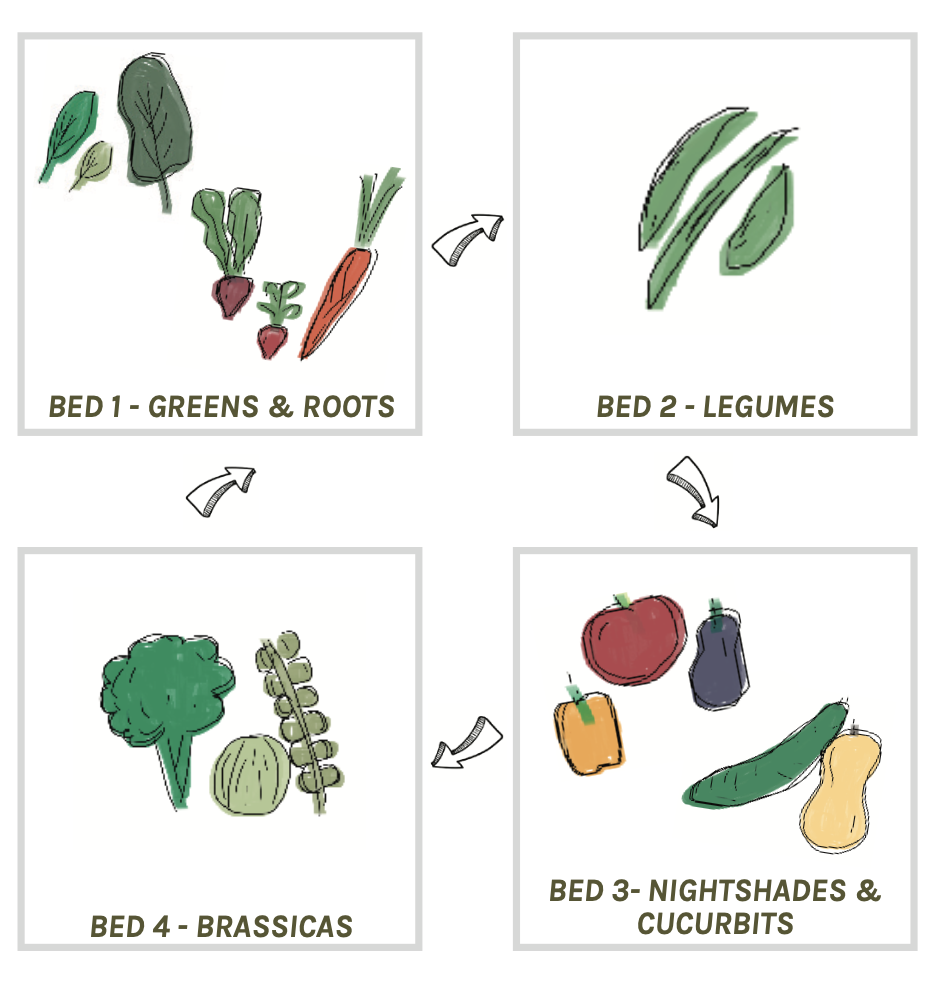
6. Companion Planting
Companion planting has so many benefits! It’s all about creating a polyculture instead of a monoculture, so by diversifying the veggies you plant in your garden and their particular location you can achieve this!
For example, calendula loves broccoli because it attracts aphids and keeps them off the broccoli. While tomatoes and lettuce go great because the tomatoes grow taller than the lettuce and cast a shadow on the shade-loving greens.
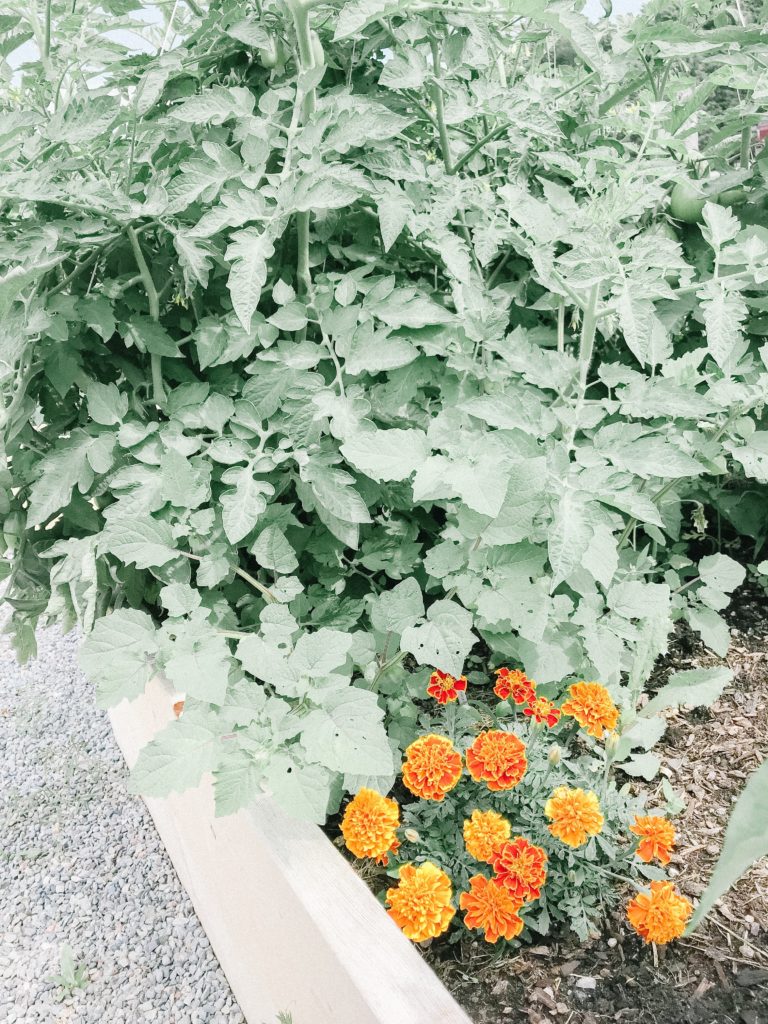
7. How Will Your Garden Look?
Obviously, we want our gardens to look pretty right? So keep that in mind when planning. perhaps some flowers will add a pop of colour, a beautiful arbor will add some dimension, or a nice cedar raised bed will contain the plants. Dream it and then do it! Spend some time on the Internet and compile a bunch of photos for inspiration. Below is one of my favourites! From @joannagains insta.
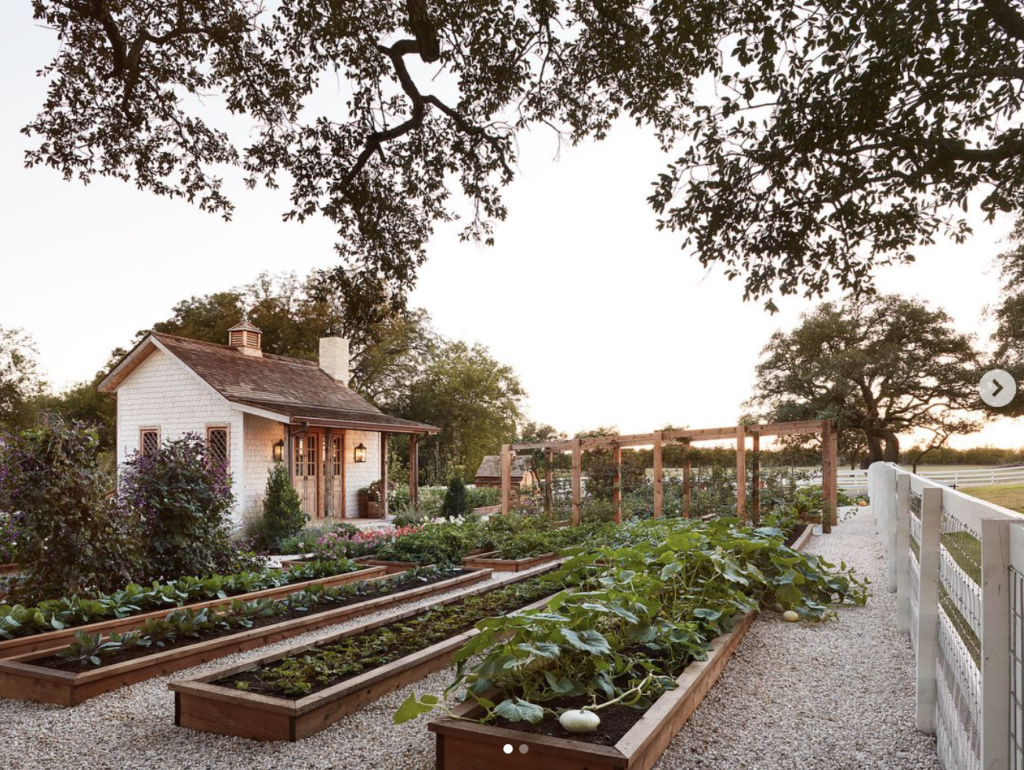
On my next post I will go into detail on how to plan your actual garden layout with my garden planner!! In the meantime, let me know if you have any questions in the comments below.
Talk soon,
Abbagail
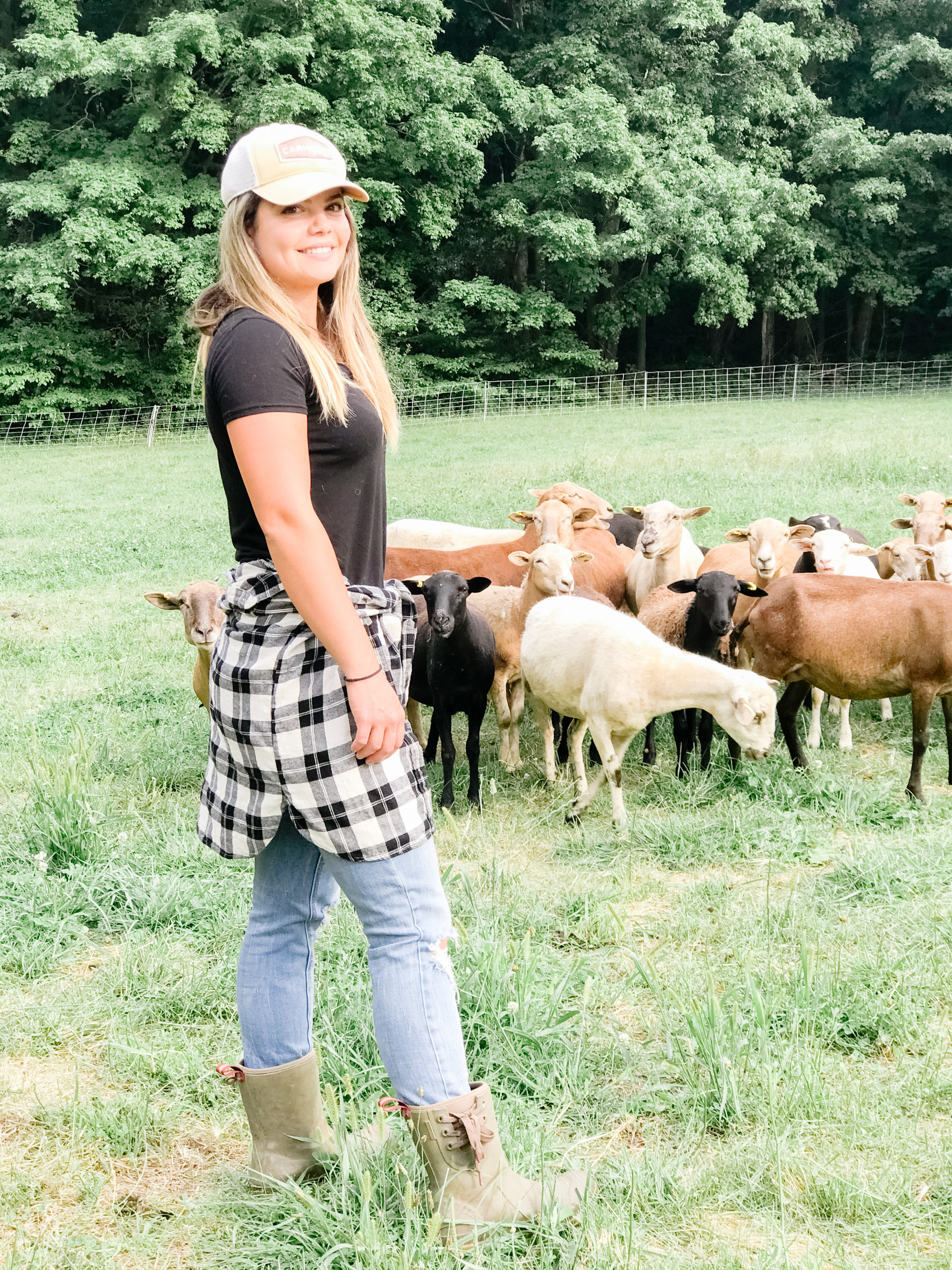

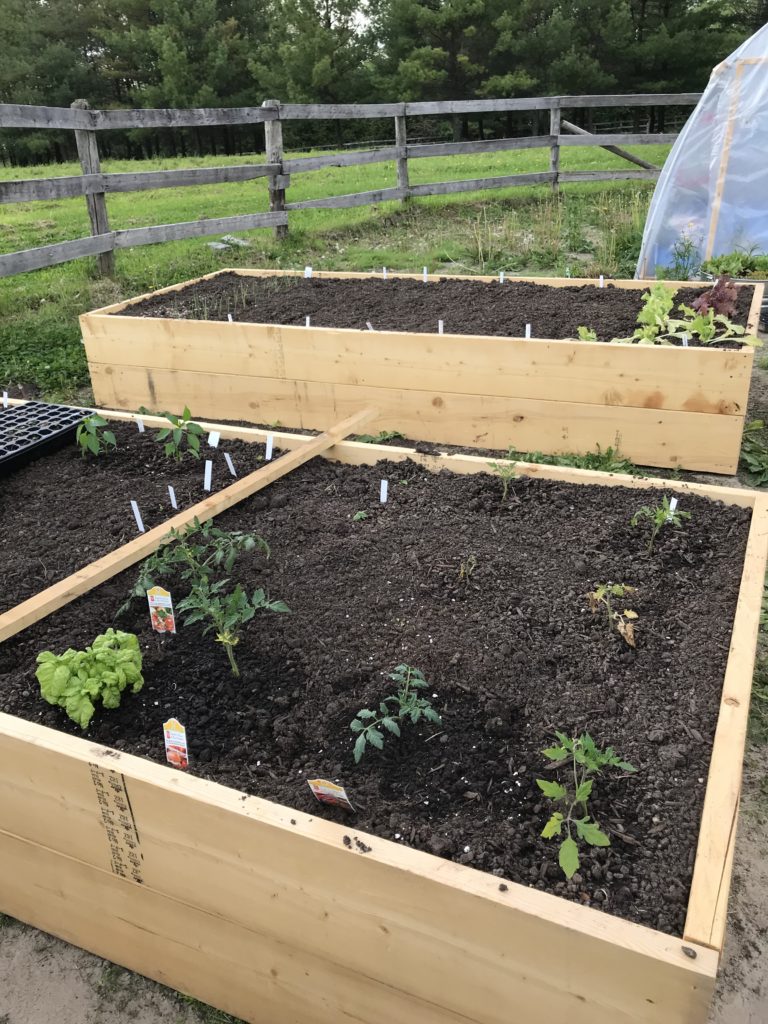
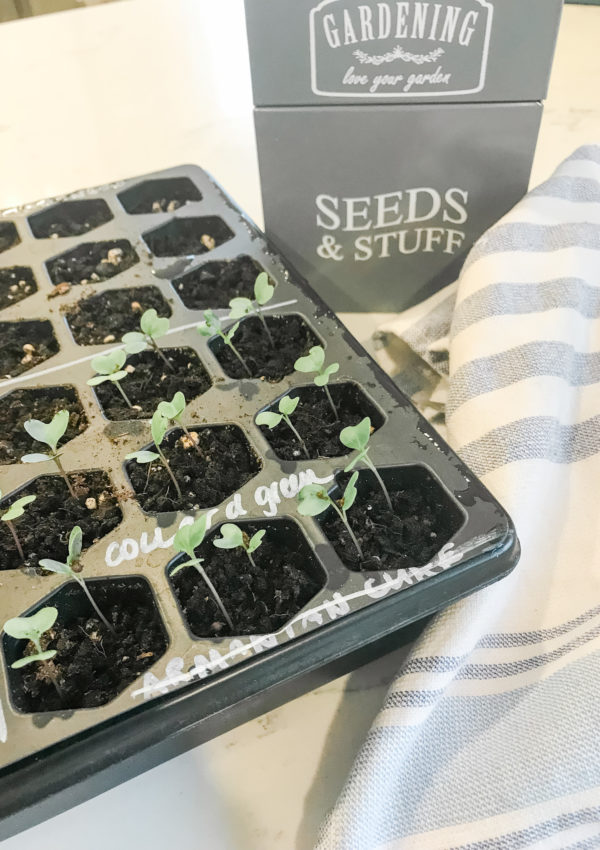
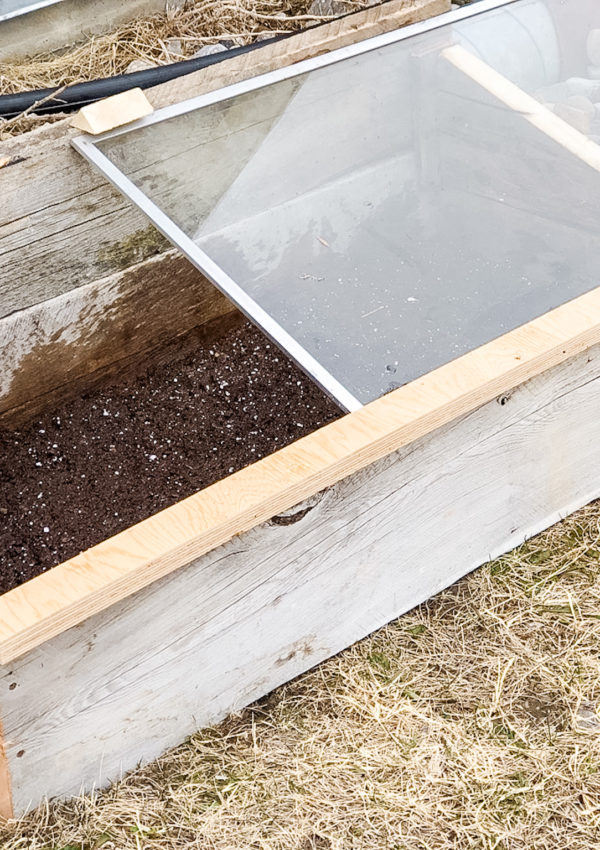
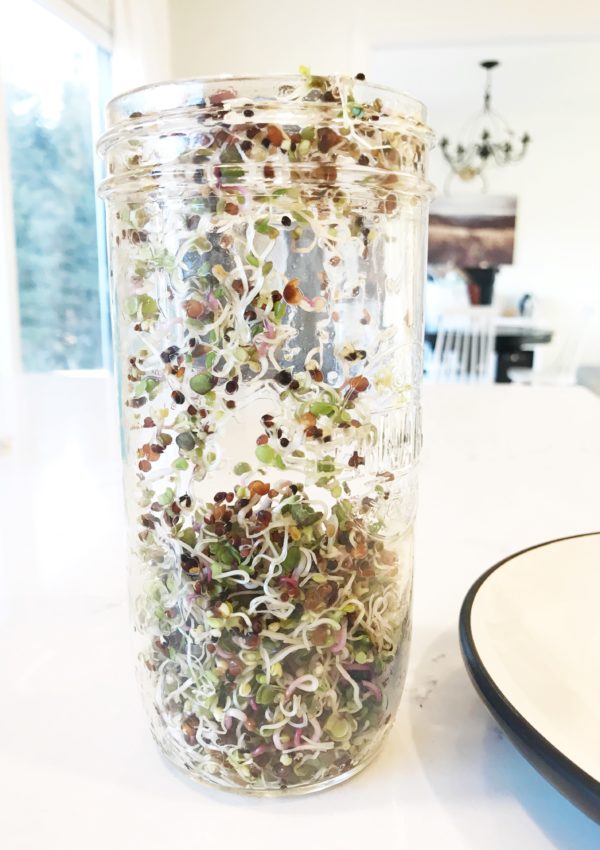
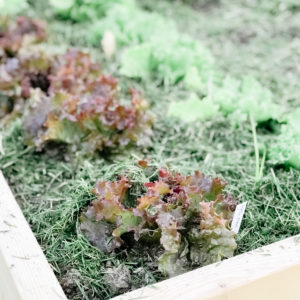
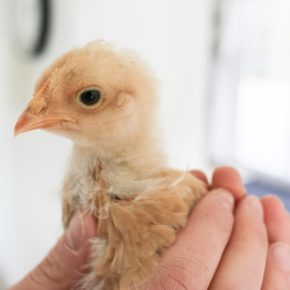
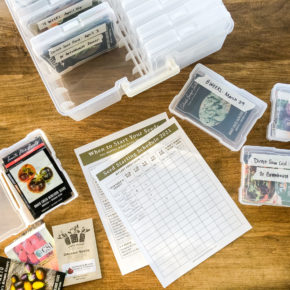
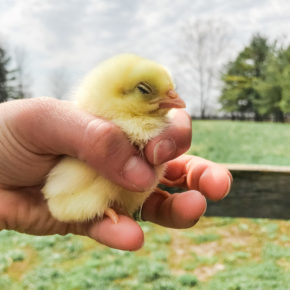
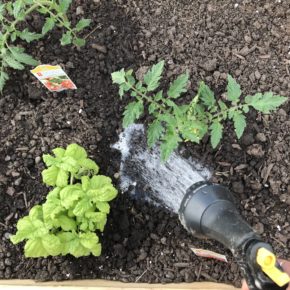
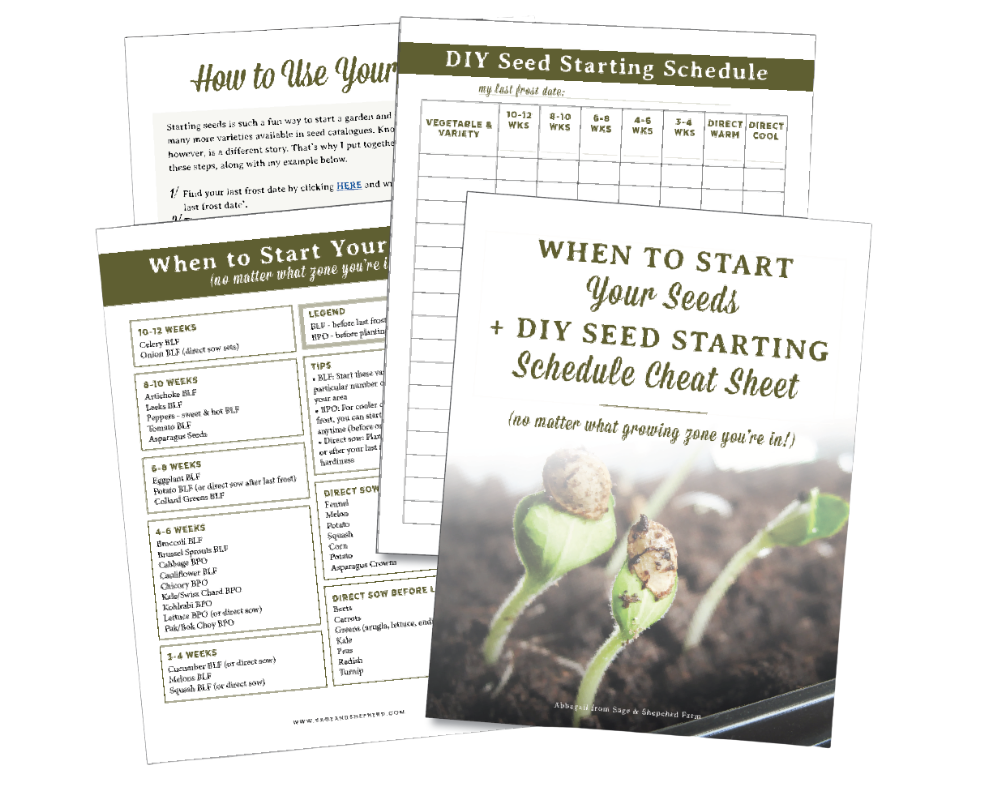
Leave a Reply